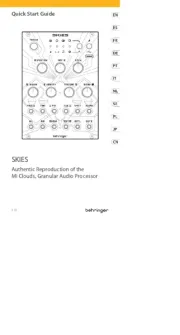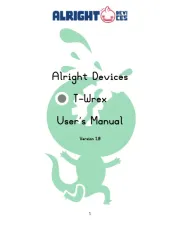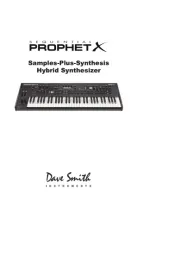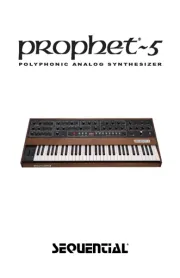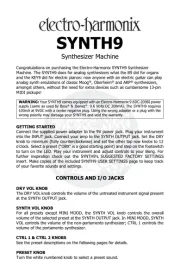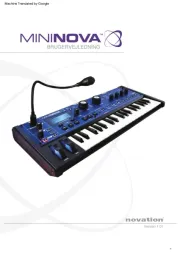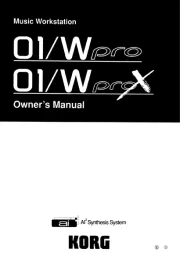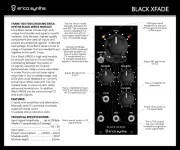Roland JUNO-D8 Manual
Læs gratis den danske manual til Roland JUNO-D8 (54 sider) i kategorien Syntese maskine. Denne vejledning er vurderet som hjælpsom af 21 personer og har en gennemsnitlig bedømmelse på 3.6 stjerner ud af 11 anmeldelser.
Har du et spørgsmål om Roland JUNO-D8, eller vil du spørge andre brugere om produktet?

Produkt Specifikationer
| Mærke: | Roland |
| Kategori: | Syntese maskine |
| Model: | JUNO-D8 |
Har du brug for hjælp?
Hvis du har brug for hjælp til Roland JUNO-D8 stil et spørgsmål nedenfor, og andre brugere vil svare dig
Syntese maskine Roland Manualer

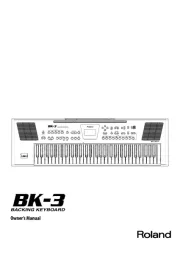
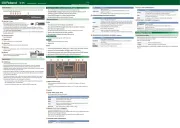
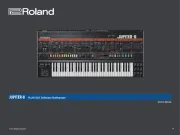
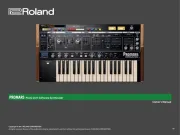
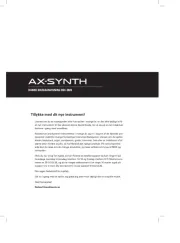
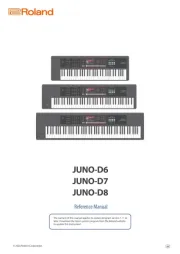



Syntese maskine Manualer
- Korg
- Behringer
- Mystic Circuits
- Electro Harmonix
- 2hp
- Sonicware
- Erica Synths
- Waldorf
- Ferrofish
- Alright Devices
- Motas Electronics
- AAS
- Analogue Solutions
- Arturia
- Boss
Nyeste Syntese maskine Manualer
